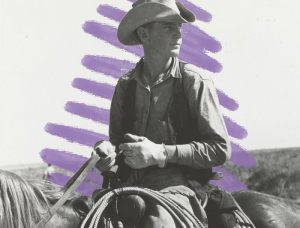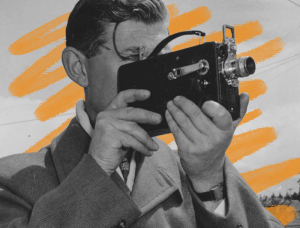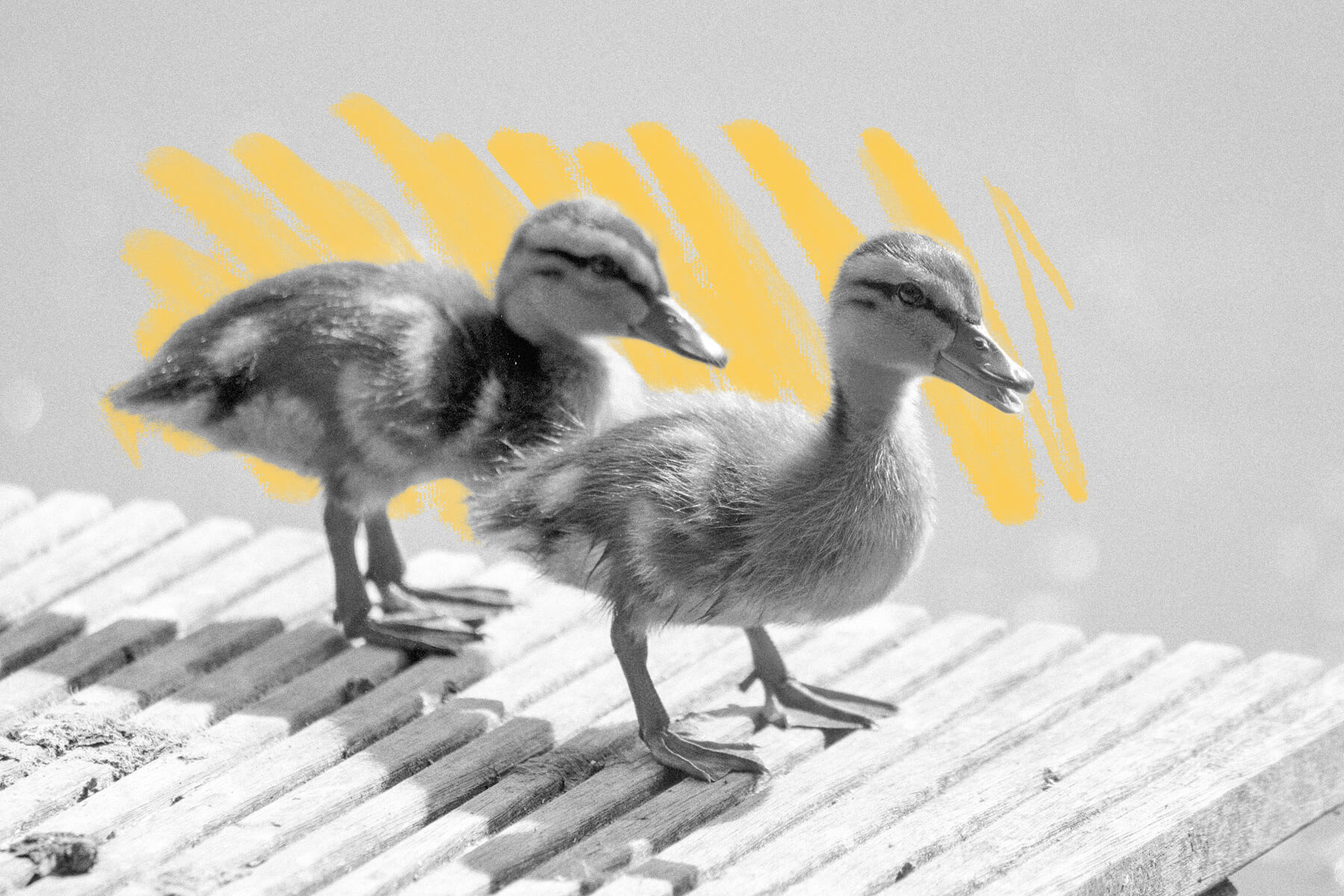Ducklings were used for medical therapy in the 1950s.
The November 12, 1956 issue of Life magazine included a profile of a then-unique program at the University of Michigan’s hospital. The facility’s youngest patients received regular visits from animals to cheer them up during their long stays. Working animals included bunnies, kittens, puppies, and piglets, and some photos even showed coatis swinging from wires above the children’s heads. By the time the article was published, the university had maintained its animal program for 30 years, with a veritable menagerie of past visitors, including alligators and ostriches. But some of the most heartwarming photos were of kids with ducklings.
Hospital staff had at least one specific method for duckling therapy: Kids were encouraged to cuddle the sweet baby birds wrapped in a towel. But ducklings turned out to be pretty versatile, and were an accessible ray of sunshine for kids of most mobility levels. The largest photo in the Life spread shows a crowd of children feeding a pool full of ducklings that had been set up on a hospital sun deck; some kids are standing, while others are in beds arranged along the sides. One 3-year-old polio patient attached to a chest respirator is pictured smiling and watching the ducklings swim around a small tub next to her bed.
Animal therapy programs are far more common in hospitals, schools, and other facilities today. But while species of therapy animals may be more diverse than you think — ducks are still on the table! — you’d be hard-pressed to find a therapy alligator in a medical setting now.
You may also like
Recommendations For You
-
01.
 Science & Industry
Science & IndustryWhy Did Doctors Wear Beak Masks During the Bubonic Plague?
-
02.
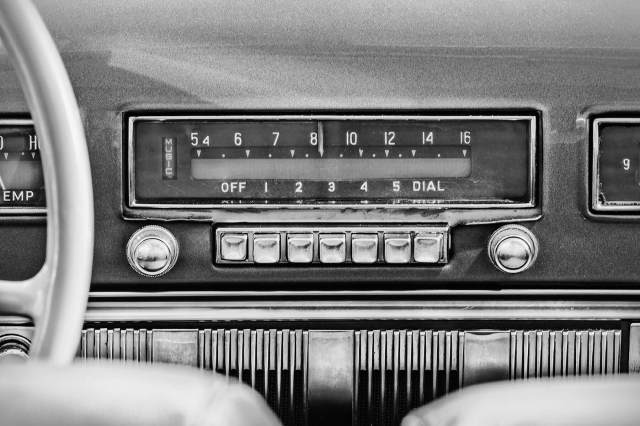 Science & Industry
Science & Industry5 Inventions That Came Out of the Great Depression
-
03.
 Science & Industry
Science & Industry6 Amazing Breakthroughs Made by the Ancient Greeks
-
04.
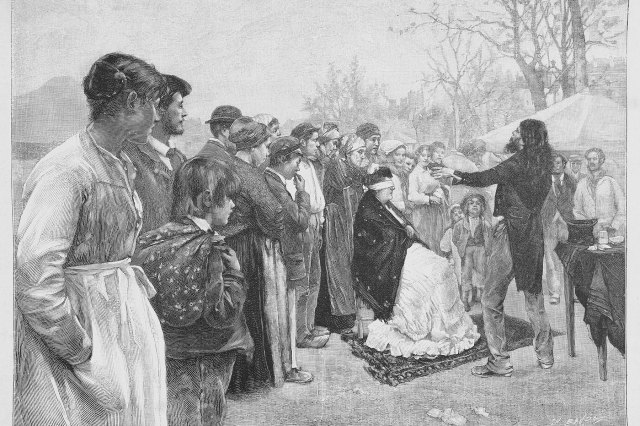 Science & Industry
Science & Industry6 Shocking “Scientific” Beliefs From Victorian England
